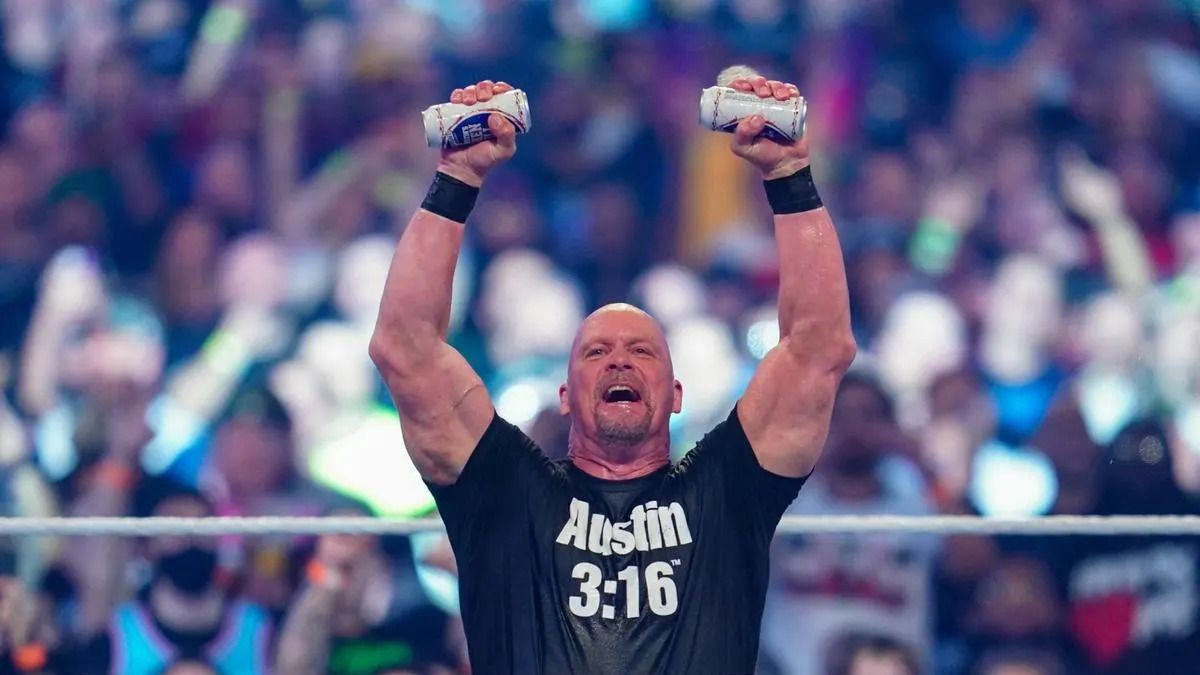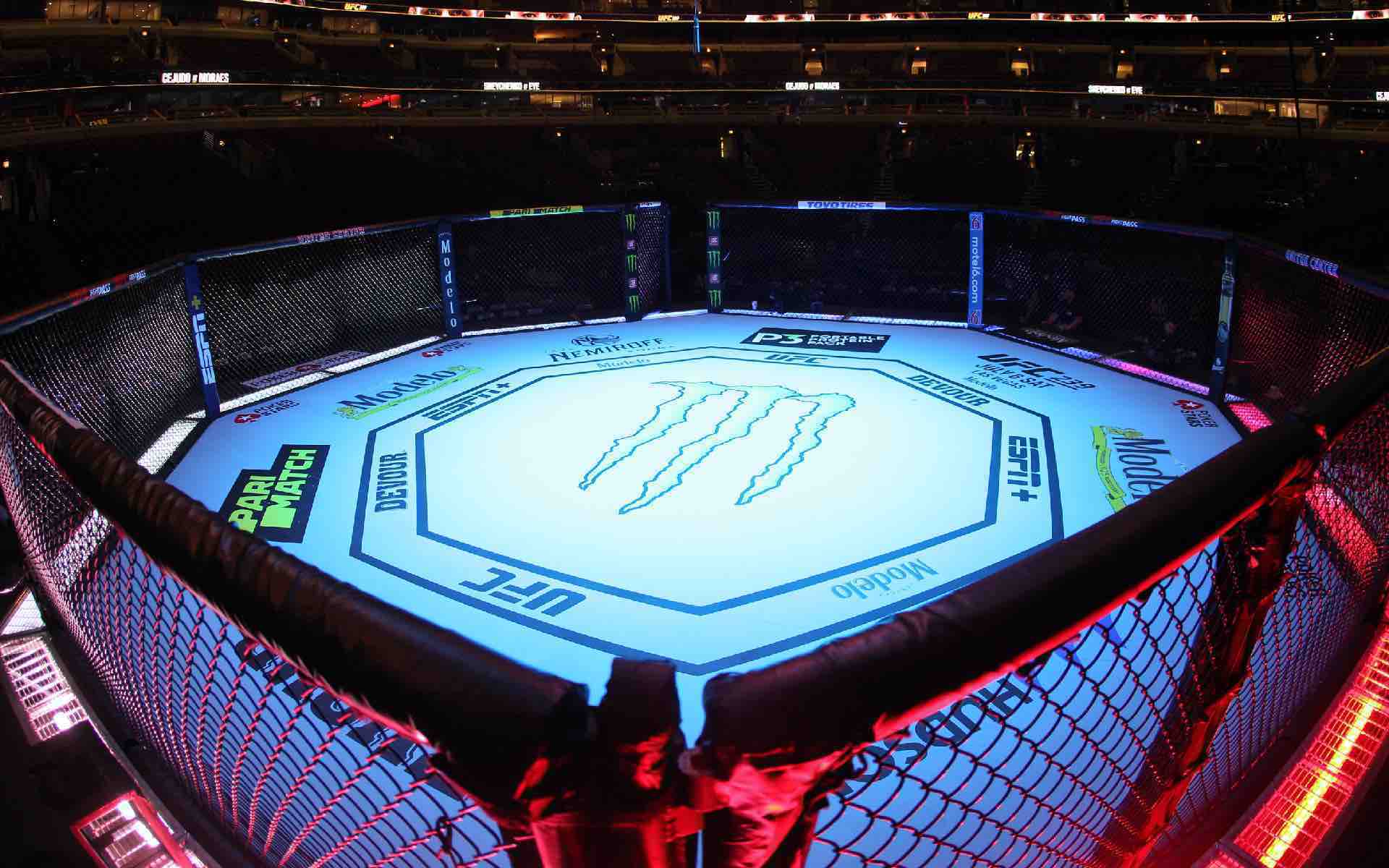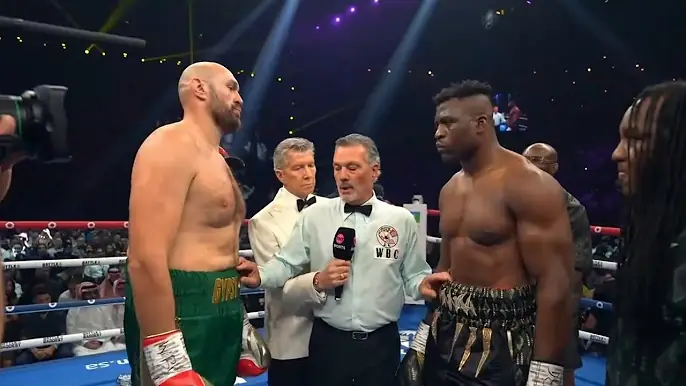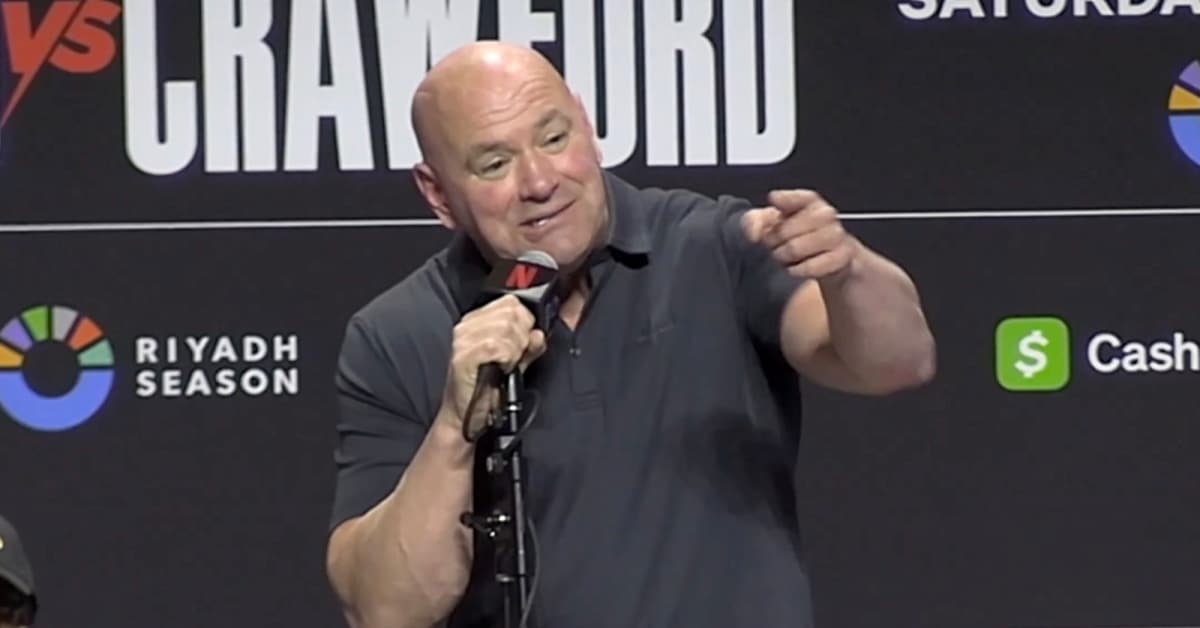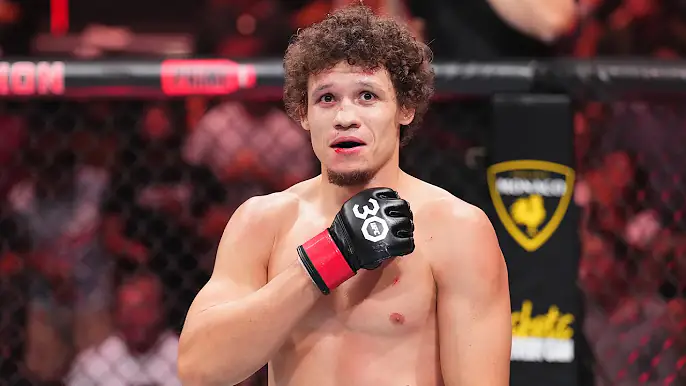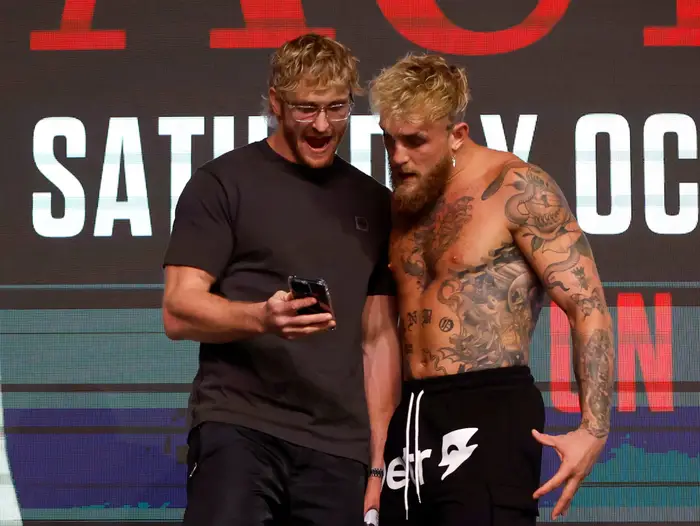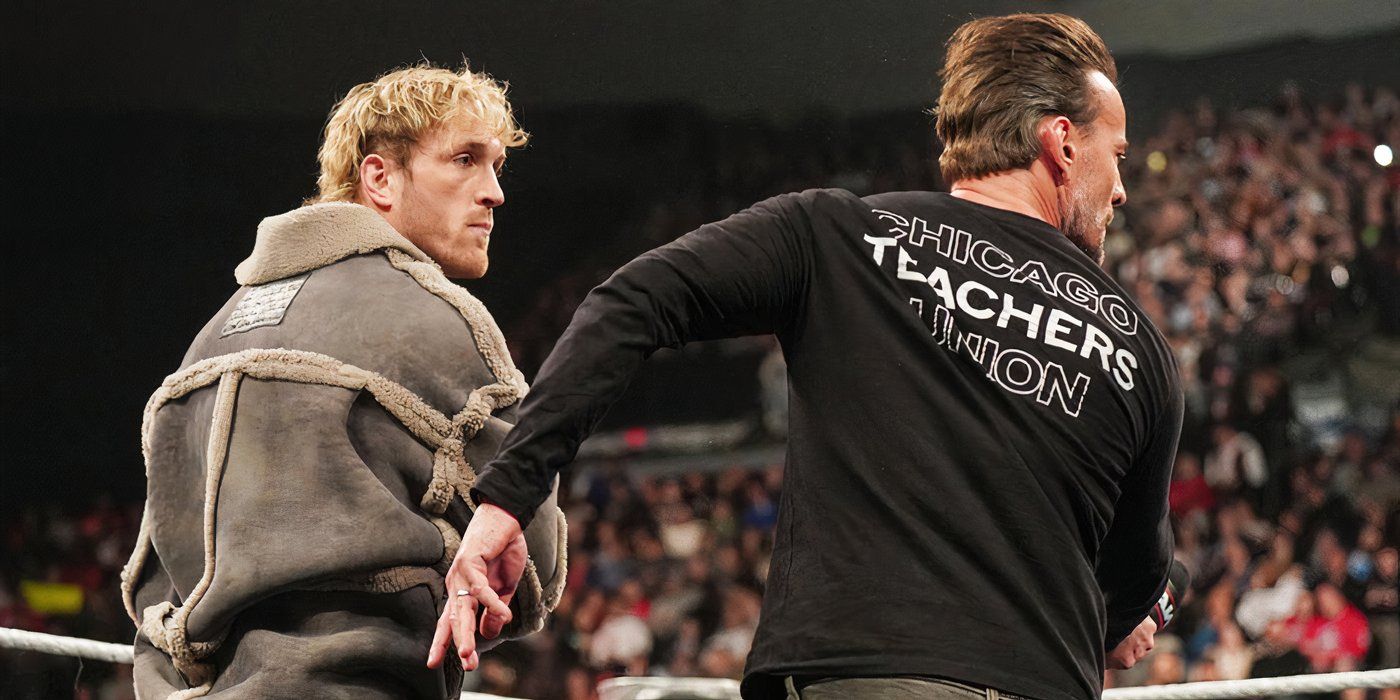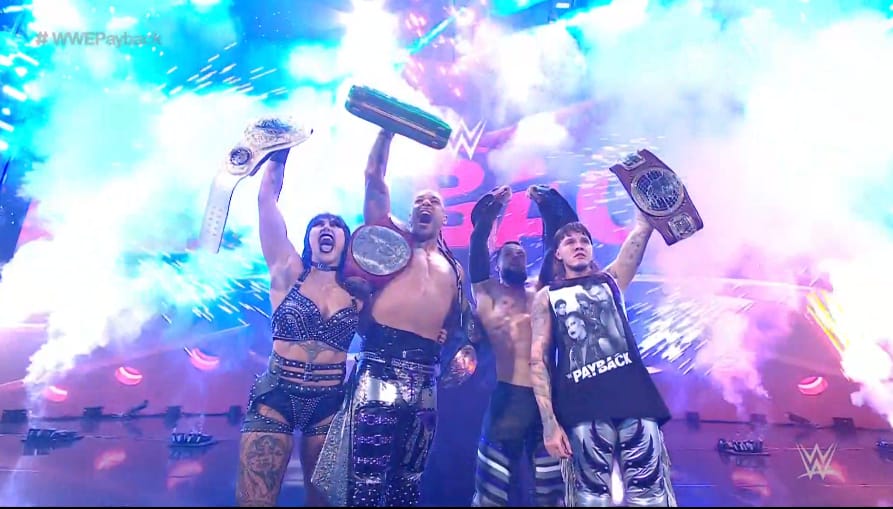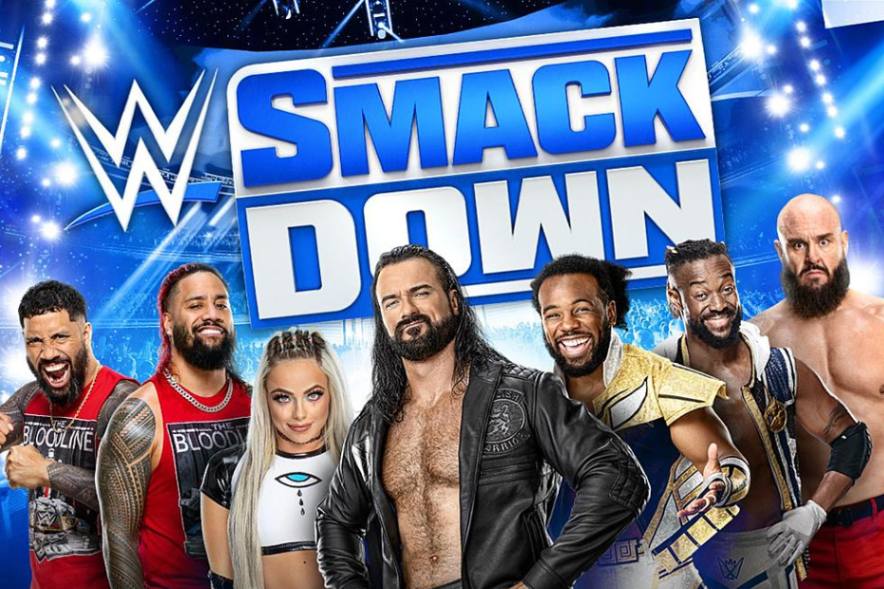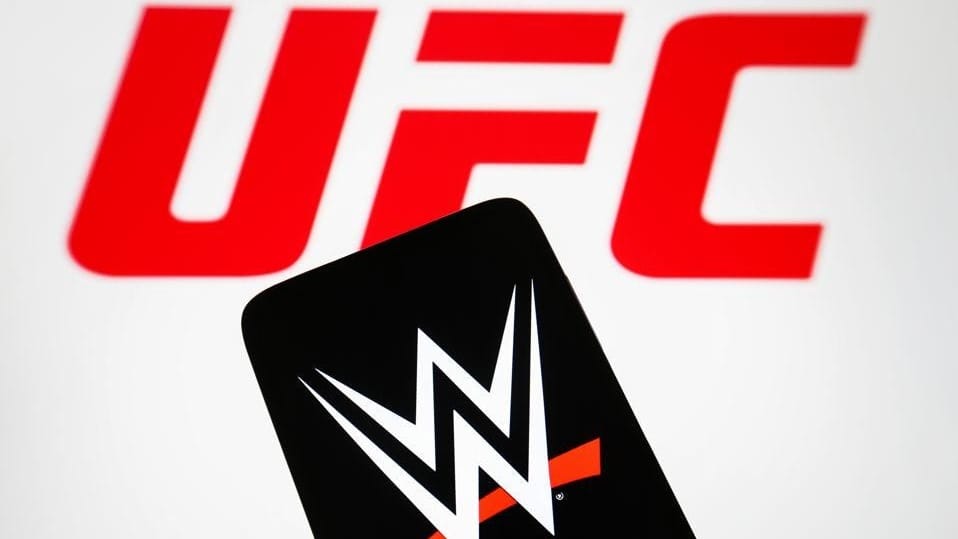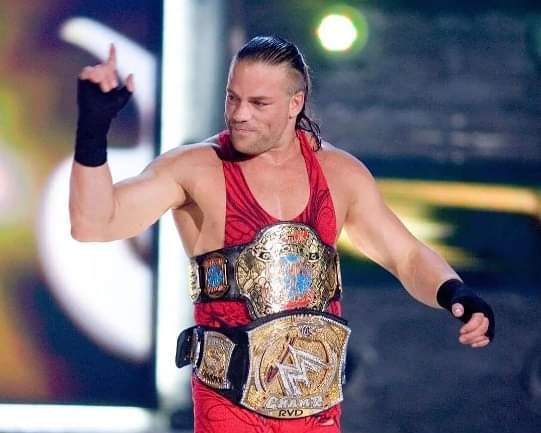The Impact of UFC on Global Martial Arts: How It Changed the Game
This article explains how the UFC is changing the face of martial arts around the world. The UFC has not only turned MMA into a mainstream sport but has also changed the training methodology, made people familiar with the variety of styles, and changed culture. Now, it is time to consider how the UFC has shifted the paradigm and what this means for martial arts globally.
Training and conditioning as a concept have developed over the years.
Integrated Training Regimens:
In the pre-UFC era, martial artists trained in particular styles such as karate, judo, boxing, and the like. What the UFC did was show people that, in order to become a fighter, one has to be prepared for everything, hence the MMA. Modern fighters work on different aspects of fighting, like striking, grappling, and submission. This integration has fanned out to martial arts schools all over the world, making people embrace more of the complex training.
Scientific Conditioning:
Due to the high and demanding nature of the techniques applied in the sport, MMA has contributed to major improvements in aspects of sports science. Athletes nowadays go through complex training regimes in specific strength and conditioning in order to perform at their best. This scientific method has been adopted in other combat sports to improve the training method and the athlete’s general performance.
Nutrition and Recovery:
Professional athletes in the UFC often train with nutritionists and physiotherapists to optimize the specifics of dieting. Another thing that has permeated through many martial arts gyms is the awareness of nutrition and the recovery period, ensuring that martial artists have their bodies in perfect condition and free from any kind of injury.
The Emergence of MMA Gyms
Accessibility:
This is because MMA gyms have mushroomed all over the world and have brought martial arts closer to people. These gyms provide training in different fields of martial arts in the same gym, and they accommodate both amateur and upcoming fighters.
Cross-Training:
The presence of many disciplines increases the level of cross-training because all types of training are available in one place. It also develops complete fighters and enables practitioners to know the positive and negative aspects of the various martial arts, promoting an overall appreciation of the martial arts disciplines.
Community Building:
MMA gymnasiums are a form of community in which people go to train and also find a place to interact and share experiences. Such a feeling of unity has contributed to the expansion of martial arts, not only as a sport but also as a way of life.
Popularization of Diverse Fighting Styles
Brazilian Jiu-Jitsu (BJJ):
The early UFC champions from Brazil, such as Royce Gracie, demonstrated the importance of ground fighting and submission. This has therefore seen an increase in training in BJJ throughout the world, with many martial artists using BJJ moves in their fights.
Muay Thai and Kickboxing:
Muay Thai and kickboxing have been deemed powerful by strikers such as Anderson Silva and Jose Aldo. These spectacular arts have become rather popular, and most fighters use them to enhance their stand-up fighting style.
Wrestling:
That is why we see wrestlers in modern MMA fighters such as Randy Couture and Daniel Cormier who have mastered how to use wrestling in takedowns, maintaining the opponent’s control, and setting the pace of the fight. This has enhanced concern for wrestling, especially in the nations that earlier did not give the sport enough credit.
Hybrid Styles:
Due to the fact that the game requires fighters to have attributes of both wrestlers and strikers, there are different styles of fighting in MMA. They like the setting of new standards in the mixed martial arts with distinctive styles of strike and grappling by wrestlers such as GSP and Mighty Mouse.
Cultural Shift in Perception
Entertainment Value:
Today, the UFC has managed to promote MMA as entertainment, similar to sports and physical activities. Many people tuned in for specific events, enchanting fighters, or interesting stories, transforming the perception of martial arts.
Professionalism:
The organization that is mainly responsible for enhancing the legitimacy of MMA is the UFC through professionalism, such as established rules, weight divisions, and stringent drug administration. This has made more athletes venture into MMA and has been accorded recognition by other sports.
Women in Martial Arts:
The UFC has played a big part in the development of women’s divisions, where now legends like Ronda Rousey, Amanda Nunes, and Valentina Shevchenko have proven that they are equals to their male counterparts. This has helped create new young female martial artists and extended to sporting activities.
Global Reach:
The UFC promotion company has been successful in taking martial arts to international markets. Holding competitions in such countries as Brazil, Canada, Australia, and China has popularized MMA and local martial arts, thus promoting inter-cultural and inter-country sharing of techniques.
The Business of Martial Arts
Pay-Per-View and Broadcasting:
The UFC, especially by relying on pay-per-view, has shown that televised events can be lucrative for combat sports. Some of the contracts with networks like ESPN have ensured that this sport is aired frequently and its revenues are boosted.
Sponsorship and endorsements:
Headlining fighters secure good sponsorship contracts and endorse products such as sportswear and energy supplements. This has enhanced fighters’ remunerative capacity and has also raised the profile of martial artists as viable commodities in the market.
Merchandising:
The popularity of the UFC has boosted the sale of UFC-related items such as T-shirts, equipment, and video games. Such commercialization has brought the UFC brand into people’s lives beyond the cage and into their homes.
Challenges and Controversies
The UFC has had its fair share of challenges and controversy, positively affecting the globalization of martial arts.
Safety Concerns:
The requirements of physical contact typical for MMA lead to questions concerning fighters’s perils, such as concussions and other long-term effects. While the UFC now has things such as medical suspensions and a concussion policy, the violence and risk that come with the sport are debatable.
Doping:
Some athletes have been involved in the use of performance-enhancing drugs (PEDs), but the issue has been persistent. The UFC currently operates a relationship with the USADA to counter this problem; however, doping has become a major issue in the sport.
Ethical and Legal Issues:
More so, the UFC has been accused of issues to do with fighter remuneration, contract issues, and the treatment of athletes. These problems raise the question of the further development of advocacy and changes in order to achieve justice and reasonable conditions in the sport.
It can be stated that the UFC has a significant and multifaceted effect on the development of martial arts all over the world. With the help of the UFC promotion, it has changed training approaches, established a variety of fighting styles, and shifted people’s perceptions of the martial arts. This transition has been due to the opening of more MMA gyms, the incorporation of various disciplines in training, and the marketization of the sport. Despite the existing obstacles and issues, the UFC’s presence is a force that now helps to define the course of the development of martial arts across the globe for practicing martial artists and fans alike. In this way, the development of the sport will reflect the permanent changes that have taken place in the UFC as part of the history of the martial arts, with a focus on the contemporary period.


